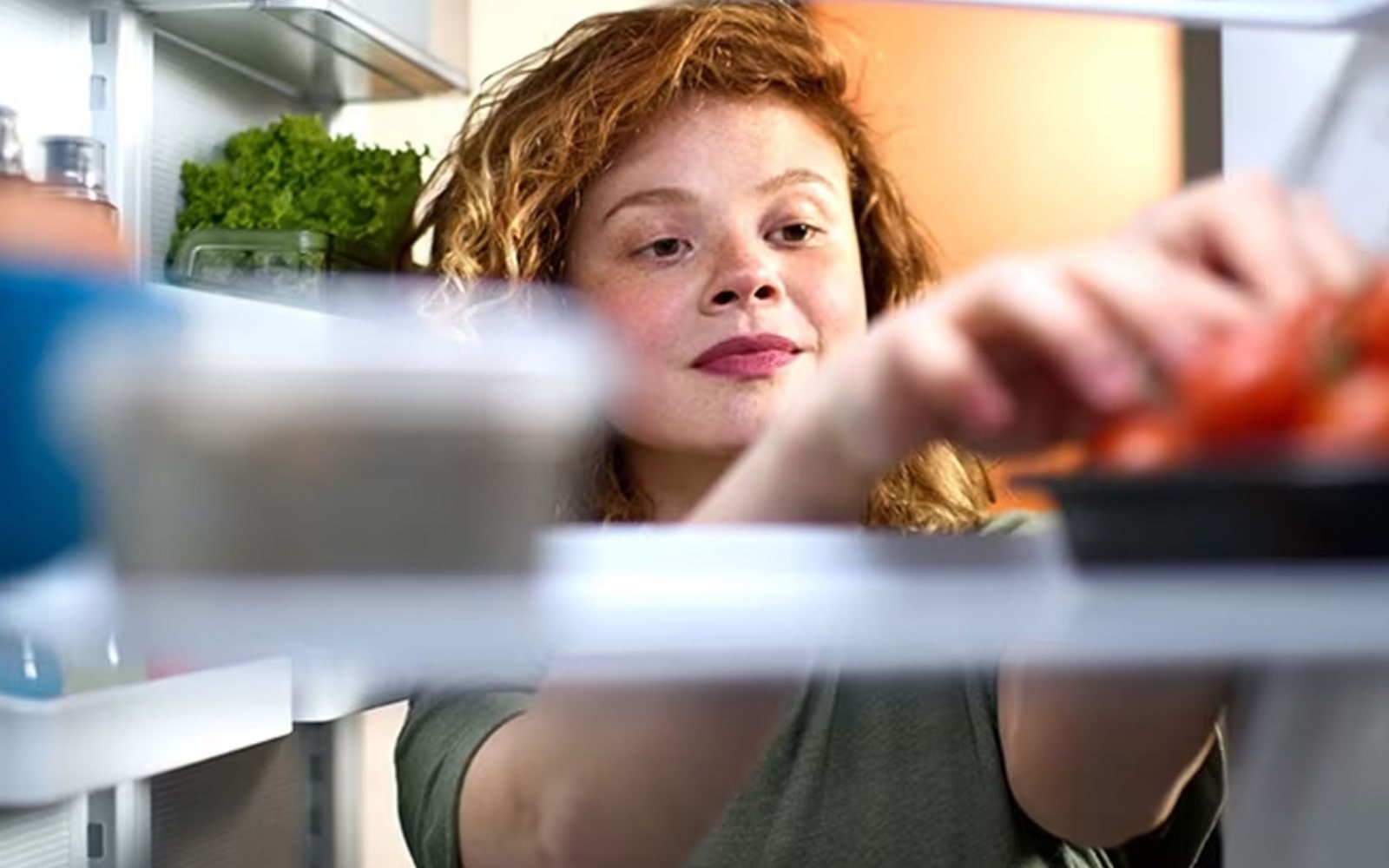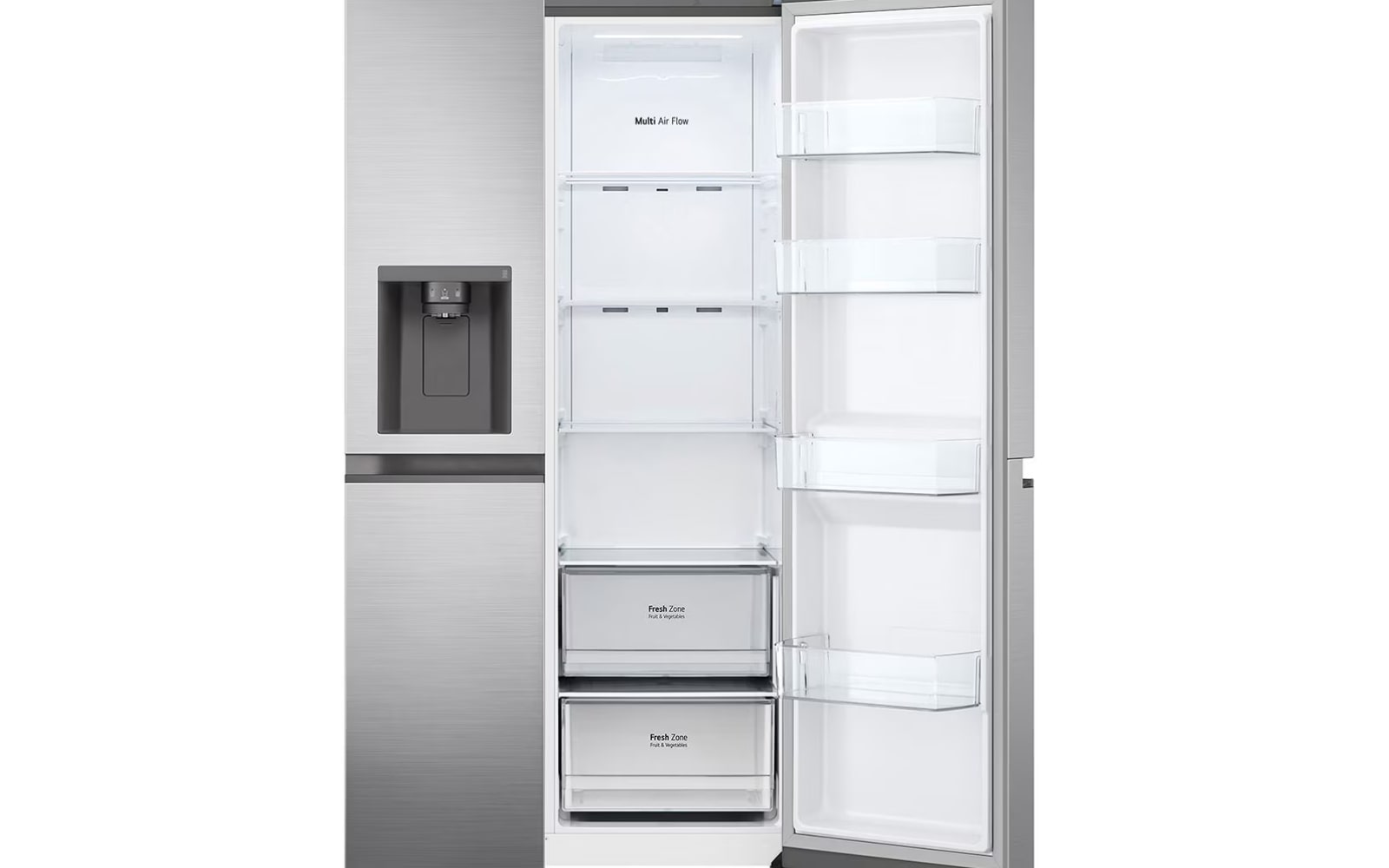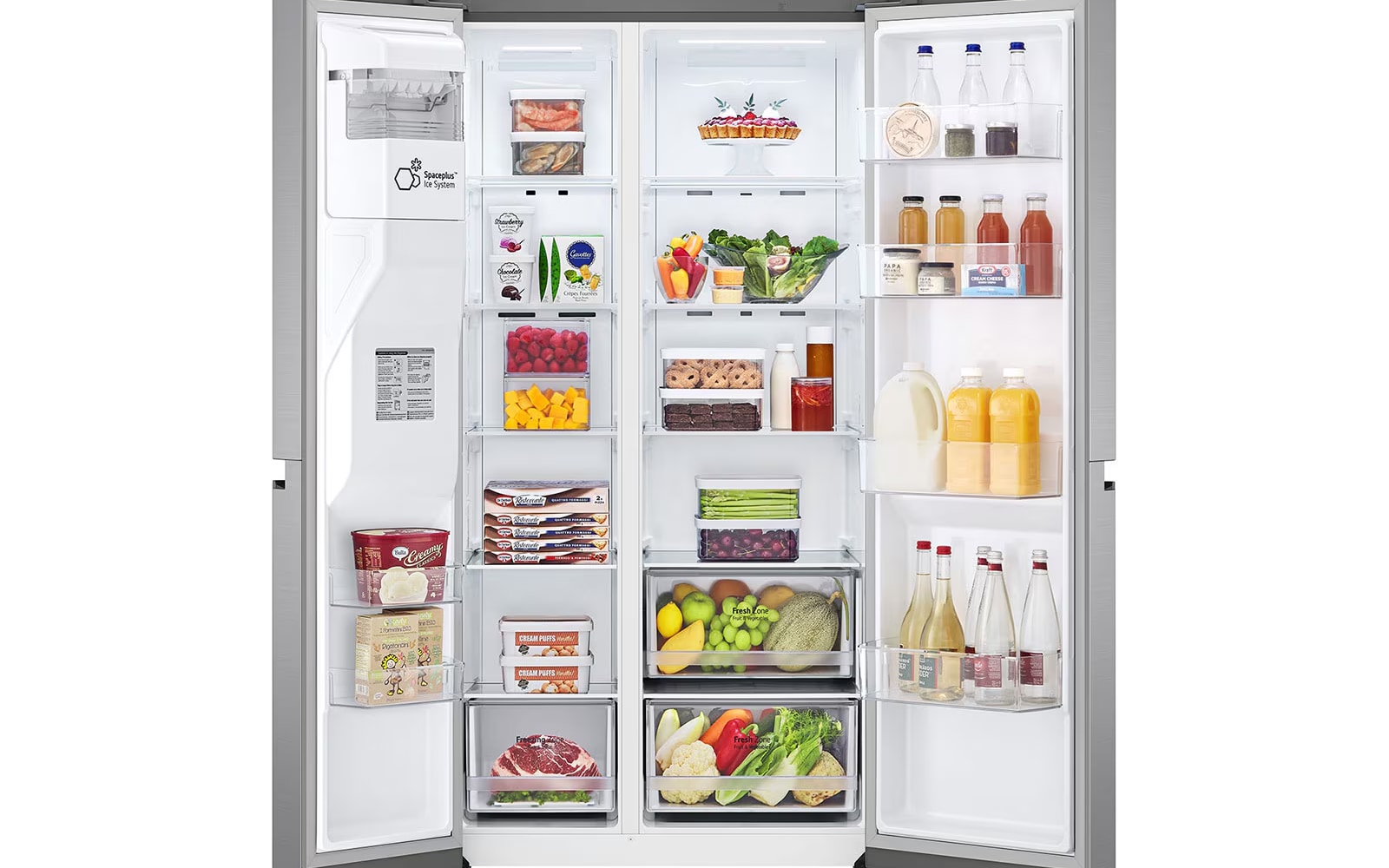We use cookies, including cookies from third parties, to enhance your user experience and the effectiveness of our marketing activities. These cookies are performance, analytics and advertising cookies, please see our Privacy and Cookie policy for further information. If you agree to all of our cookies select “Accept all” or select “Cookie Settings” to see which cookies we use and choose which ones you would like to accept.
Helpful Hints
Sparkling Clean: How to clean your fridge
Learn how to clean your fridge with step-by-step guide! Discover the best tools and materials for different surfaces and more.
In this article, we’ll cover the basics of how to clean a fridge, including:
- Step-by-Step Guide: Discover how to clean the interior and exterior of your fridge.
- Tools and Materials: Learn how to clean different types of surfaces, from stainless steel to glass.
- FAQs: Find answers to commonly asked questions such as ‘How often should you clean your fridge?’, ‘How can I clean a stainless steel fridge without leaving streaks?’, as well as fridge organisation and maintenance tips.
How often should you clean your refrigerator?
Cleaning your fridge is a crucial part of regular maintenance, not only for hygiene but also to maintain the fridge’s efficiency. Debris inside the fridge can interfere with the fan, clog vents or condenser coils, leading to reduced performance and causing the fridge to work harder than necessary. This extra strain can shorten the lifespan of your fridge and increase your energy bills.
Aim to clean your fridge weekly to remove spills and expired items. For a more thorough clean, perform a deep clean every three months. Regular cleaning helps keep odours at bay and reduces the likelihood of build-up inside the fridge.
Materials needed
To clean your fridge, we’d recommend using the following items:
- A damp microfibre cloth
- A dry microfibre cloth
- A scrubbing cloth
- Cleaning spray
- Warm water
Products to avoid
Ensure you check your cleaning fluid to make sure it’s safe to use on a fridge. The cleaning fluid will usually state on the label what kind of surfaces you’re able to use it on. Be mindful of any other specific usage instructions, such as making sure not to leave the liquid on a surface for over 5 minutes, as it could damage or stain the surface.
How to clean the interior of your refrigerator
Step 1: Empty the contents of the fridge
Start by emptying all the contents of the fridge. This will help prevent spillage and breakage. You could put food in insulated bags or a cooler to keep them cold, or wait until shopping day so you have fewer things in the fridge. Try to work quickly to keep your items cold while you clean. Consider turning off the fridge. This will help prevent energy waste and is safer.
Step 2: Wipe away crumbs
Use a microfibre cloth to wipe away crumbs and any other debris. Make sure you check any handles and the door seal for those rogue crumbs.
Step 3: Remove all detachable parts of the refrigerator
Remove all detachable parts of the fridge, such as shelves and drawers. If you have food items that need to be kept cold, keep one shelf in the fridge to store these items. Allow the shelves and drawers you’ve removed from the fridge to warm up to room temperature before cleaning. If glass shelves are exposed to warm or hot water while still cold, this could cause them to break due to shock in temperature. Once these shelves are cleaned and dry, put food on those shelves, then clean the remaining shelves. Do not wash shelves or drawers in the dishwasher.
Step 4: Wash shelves of the refrigerator
Take out the shelves of the fridge if this is possible, and wash them in the sink with dish soap, warm water, and a sponge. If it’s not possible to remove the shelves from the fridge or if you're short on time – spray the shelves with cleaning spray on top and bottom, leave for a few moments, then wipe with a damp cloth.
Step 5: Leave shelves and drawers to dry
Leave shelves and drawers to dry either on a towel or in the fridge.
Step 6: Wipe the inside of the refrigerator
Use a soft, clean sponge and mild cleaning detergent to wipe the inside of the fridge. Use the detergent according to the manufacturer's instructions. For a natural alternative, combine equal parts white vinegar and water in a spray bottle. However, always ensure to test a small inconspicuous area first before spraying all over the fridge. Do not allow the solution to sit for more than a few minutes. Use a damp cloth to wipe the fridge and remove any remaining vinegar solution.
Step 7: Wipe the refrigerator with just water on a damp cloth
Ensure all the cleaning detergent is removed from the fridge by wiping over with warm water and a damp cloth. If glass shelves are exposed to warm or hot water while still cold, this could cause them to break. Allow glass shelves to reach room temperature before cleaning.
Step 8: Dry the refrigerator with a clean microfibre cloth
Use a dry, clean microfibre cloth to wipe the fridge to help it dry.
Step 9: Once dry, replaces shelves, drawers and food items to the refrigerator
If you have removed the shelves and drawers from the fridge, replace these and the food items into the fridge.
Refrigerator organisation
Organising your fridge effectively can make meal preparation and grocery shopping much easier. Start by decluttering your fridge and removing anything that’s out of date.
Place food that goes out of date sooner at the front of the fridge. This helps reduce food wastage as it makes it easier to know when food is nearing its expiry date and ensures you use it in time.
Consider storing meats on the bottom shelf to prevent cross-contamination and place dairy items on higher shelves. Place fruit and vegetables in the crisper drawer at the bottom of the fridge.
Designated zones for different types of food can be useful to keep your fridge organised. Implement clear storage bins for better visibility and to group similar items together. This not only keeps your fridge tidy but also helps in reducing food waste, as you can easily see and access everything you need.
Consider a fridge with advanced temperature control technology to ensure your food stays as fresh as possible, no matter where it's placed inside. The UVNano™ | 635L | Side-by-Side Fridge - GS-N635PL, for instance, is designed to help maintain optimal freshness. Its LINEARCooling™ system minimises temperature fluctuations, helping to keep your produce fresh for longer. Additionally, the SurroundCooling™ feature ensures efficient cooling from both the front and back. Cold air surrounds your food, quickly reducing the temperature of items stored at the front of the fridge and helping to keep food fresher for longer.
How to clean the exterior of your refrigerator
It’s also important to make sure the exterior of the fridge is regularly cleaned. This can help prevent rust, avoid wear, and remove finger marks.
Step 1: Use a soft cloth to wipe the exterior clean
Consider using a mild detergent of your choice to apply to the exterior of the fridge. Ensure to check that the cleaning detergent is suitable for use on the material of your fridge, and make sure to follow the cleaning detergent instructions to avoid damage, marks, or discolouration. Many LG Fridges are made with stainless steel, which is relatively easy to maintain.
Step 2: Wipe this with a clean, wet towel to avoid leaving stains
Use a clean, damp cloth to remove any remaining detergent.
Step 3: Use a microfibre cloth to dry the exterior of the refrigerator
Use a microfibre cloth or towel of your choice to dry the exterior of the fridge and to prevent any watermarks.
How to clean a stainless-steel refrigerator without streaks
Stainless steel makes a great choice for your kitchen due to its anti-rust and hard-wearing properties.
Step 1: Find the direction of the stainless steel grain
Make sure to always clean stainless steel in the direction of the grain to prevent streaking. The grain could be horizontal, vertical, or diagonal.
Step 2: Use a stainless steel specific cleaner
Use a cleaner specifically designed for stainless steel to help maintain its lustre and prevent damage. If you don’t have a stainless steel specific cleaner, use a soft cloth and mild soapy water. Wipe in the direction of the grain.
Step 3: Dry
Leaving stainless steel appliances to dry naturally can cause water spots. To avoid this, buff stainless steel appliances dry using a clean microfibre cloth. This can help to minimise streaks and keep your appliance looking shiny.
Refrigerator Cleaning FAQs
Life's Good!





